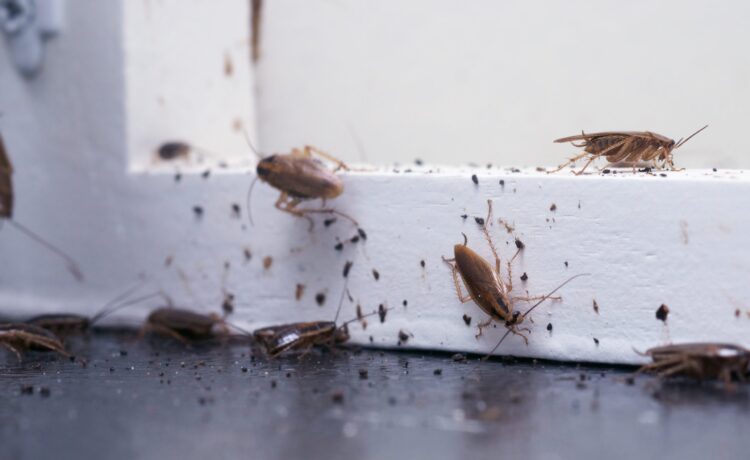Termites silently wreak havoc on homes, causing extensive structural damage before homeowners notice their presence. Implementing effective termite prevention methods is crucial for protecting your property. Let’s explore the most prevalent termite species and learn how to safeguard your home against these persistent pests.
- Subterranean termites – Underground destroyers
Subterranean termites are the most destructive species. These termites build distinctive mud tubes to access wood while staying protected from open air. They form large colonies underground, often housing millions of individuals. These termites consume wood from the inside out, leaving a thin veneer that makes early detection challenging. Their colonies include workers, soldiers, and reproductive termites, with the queen capable of laying thousands of eggs daily.
- Formosan termites – Super-invaders
Known as “super termites,” Formosan termites are an aggressive species that cause severe structural damage in a matter of months. They construct extensive networks of nests above ground, unlike their subterranean cousins. These termites are particularly concerning because:
- They create larger colonies than other species, sometimes exceeding several million members
- Their colonies extend up to 300 feet into the soil
- They consume wood at an alarming rate, affecting both living trees and structural timber
- They penetrate various materials, including plaster, plastic, and thin metal sheets
- Eastern subterranean termites – Silent destroyers
These insects are particularly problematic because they feed on wood’s cellulose 24 hours a day, seven days a week. Their colonies develop slowly but steadily, taking three to five years to reach maturity. The number of them may reach hundreds of thousands then, causing extensive damage.
- Drywood termites – Moisture-independent pests
Unlike their ground-dwelling relatives, dry wood termites infest dry wood directly and don’t require contact with soil. They commonly enter homes through:
- Exposed wood surfaces
- Roof shingles and eaves
- Wooden door frames and window sills
- Wooden furniture and picture frames
These termites create smaller colonies but spread throughout multiple areas of a structure, making them particularly challenging to eliminate.
- Dampwood termites – Moisture lovers
Dampwood termites, as their name suggests, prefer wood with high moisture content. They typically infest:
- Decaying logs and stumps
- Water-damaged structural wood
- Areas with plumbing leaks
- Wood in direct contact with soil
While they may not be as common in homes as other species, they indicate serious moisture problems that need addressing.
- Desert termites – Arid zone specialists
Desert termites have adapted to survive in hot, dry environments. Though they primarily feed on dead plant material in natural settings, they attack structures when their habitat overlaps with human development. These termites are particularly active in southwestern states and cause considerable damage to wooden structures despite the challenging climate.
Effective prevention methods
- Remove wood debris and mulch from around your foundation
- Maintain proper drainage and fix any water leaks promptly
- Keep wood siding, door frames, and window frames at least six inches above ground level
- Schedule regular professional inspections to catch infestations early
- Use termite-resistant materials during construction or renovation
- Maintain proper ventilation in attics
- Seal potential entry points around utility lines and pipes
The use of integrated pest management is crucial for long-term termite control. This includes regular monitoring, moisture control, and proper landscaping practices. For comprehensive protection, contact experienced professionals like Anthem termite control, who provide targeted treatments and ongoing prevention strategies tailored to your specific situation and the termite species common in your area.






